Kyle Vanhemert | WIRED
“Your computer isn’t a person, but as psychological studies have shown, you often can’t help but treat it like a one. “ Read more
By Vivek Wadhwa — SingularityHub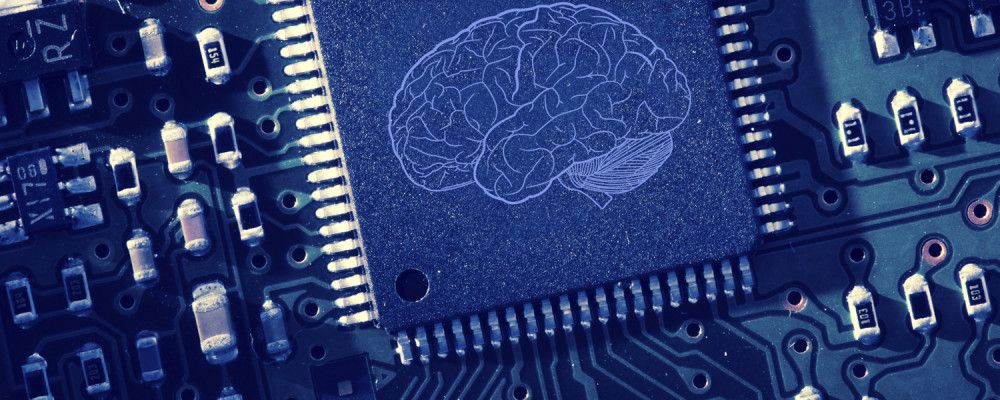
Ray Kurzweil made a startling prediction in 1999 that appears to be coming true: that by 2023 a $1,000 laptop would have the computing power and storage capacity of a human brain. He also predicted that Moore’s Law, which postulates that the processing capability of a computer doubles every 18 months, would apply for 60 years — until 2025 — giving way then to new paradigms of technological change.
Kurzweil, a renowned futurist and the director of engineering at Google, now says that the hardware needed to emulate the human brain may be ready even sooner than he predicted — in around 2020 — using technologies such as graphics processing units (GPUs), which are ideal for brain-software algorithms. He predicts that the complete brain software will take a little longer: until about 2029. Read more
Keith Kirkpatrick | Communications of the ACM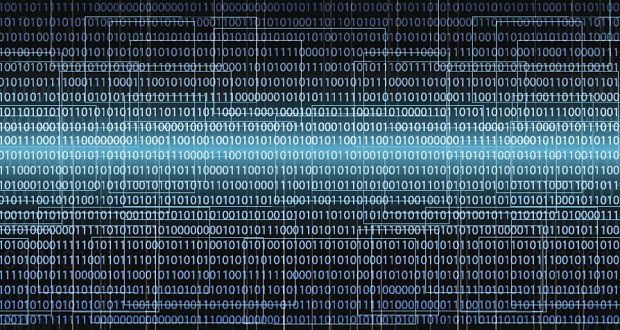
“‘There’s this whole realization that if news organizations are to attract an audience, it’s not going to be by spewing out the stuff that everyone else is spewing out,’ says David Herzog, a professor at the University of Missouri …‘It is about giving the audience information that is unique, in-depth, that allows them to explore the data, and also engage with the audience.’” Read more
Tanvi Misra | CityLab
“The idea is not just to teach city governments new techniques on harvesting open data to tackle urban problems and measure performance, but to replicate successful approaches that are already out there.“Read more
Zoltan Istvan | Motherboard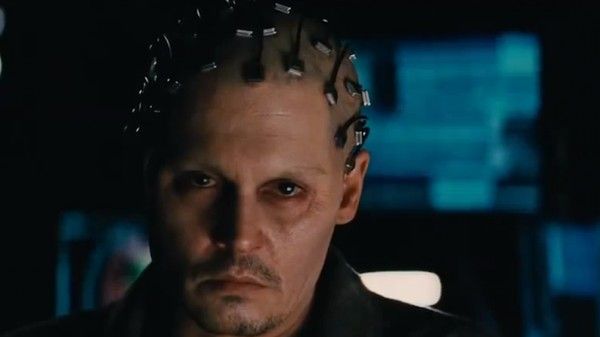
“Once uploaded, would your digital self be able to interact with your biological self? Would one self be able to help the other? Or would laws force an either-or situation, where uploaded people’s biological selves must remain in cryogenically frozen states or even be eliminated altogether?” Read more
Hal Hodson | New Scientist
“The focus is on medical applications to begin with…but the fact that it can sit discreetly behind an ear means that all kinds of other applications are feasible. No one wants to wear a headset constantly, but applying a hidden electronic tattoo once every two weeks is more acceptable.” Read more
Tom Simonite | Technology Review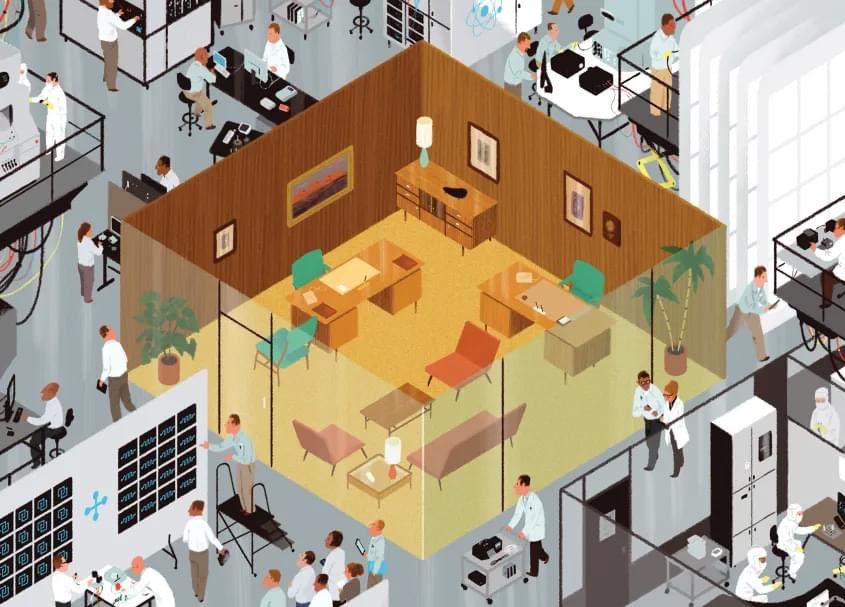
“Nearly three-quarters of the people in HP’s research division are now dedicated to a single project: a powerful new kind of computer known as ‘the Machine.’ It would fundamentally redesign the way computers function, making them simpler and more powerful. If it works, the project could dramatically upgrade everything from servers to smartphones—and save HP itself.”
— NewsWeek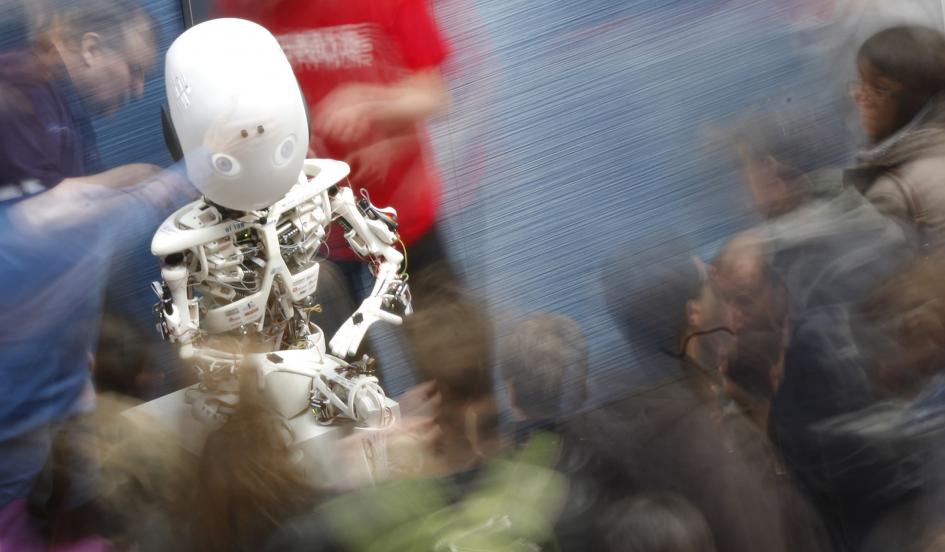
Despite his millions, the world of Moscow property development left Nikolay Gurianov “really bored.” Two motorbike crashes later, he reckoned it was time to move on, find a new business and swap two wheels for four.
He asked a marketeer: “What is the most interesting business that isn’t property, oil, armaments, diamonds, drugs or slavery?” And so began his career in IT—and a switch to Aston Martins.
In 2002, he set up Braintree, a technology outfit that helped Russian firms “optimise databases.” But databases too failed to ignite Gurianov. Drifting, he lit on artificial intelligence (AI). At last, here was a challenge fit for both intellect and wallet. Read more
By Tom Simonite — MIT Technology Review
Social-security and credit-card numbers frequently leak or are stolen from corporate networks—and surface on the black market. Adam Ghetti, founder of Ionic Security, says he has invented technology that could largely end the problem. His software keeps corporate data such as e-mails and documents encrypted at all times, except for when someone views it on an authorized computer or mobile device.
Workers at a company using Ghetti’s system can create and exchange e-mails or documents as normal. But Ionic’s software invisibly encrypts what they type on the fly. If someone tries to load a stolen document on a computer outside the company’s network, they would see only the encrypted data—a jumbled string of letters. “A network breach no longer has to mean a data breach,” says Ghetti.
By Tom Simonite — MIT Technology Review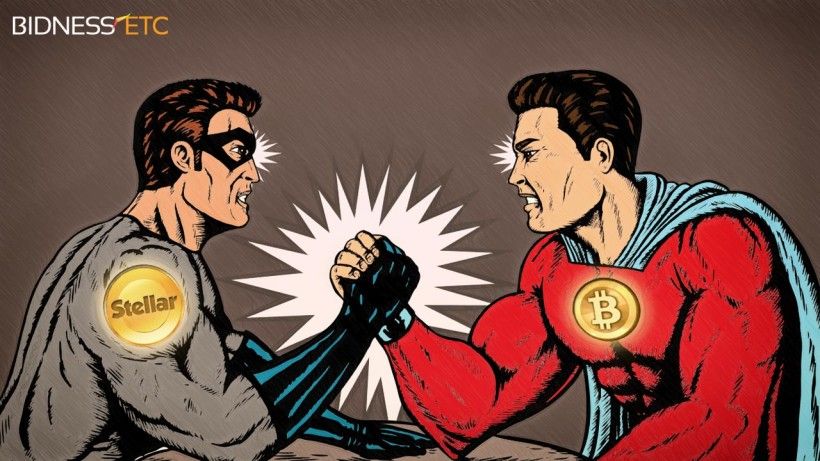
A Stanford professor claims to have invented a Bitcoin-like system that can handle payments faster and with more security.
The total value of the digital currency Bitcoin is now approximately $3.4 billion, and many companies and investors are working to prove that the technology can make financial services cheaper and more useful.
But Stanford professor David Mazières thinks he has a faster, more flexible, and more secure alternative. If Mazières is correct, his technology could make digital payments and other transactions cheaper, safer, and easier—particularly across borders. He released the design for his system in a white paper last Wednesday. Read more